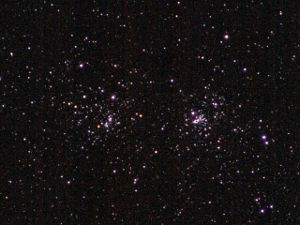
{ Linux at home | About the site and author }


About the site and author
This is a personal web site, where I make resources available to friends, family, and anyone else who may find them. The information on this site is provided in good faith, but no warranty can be made for its accuracy. Copyright exists in all original material and is in general held by myself. Other copyright is declared on individual pages where applicable. Words, expressions and devices used may be trademarks or registered trademarks of their respective owners. I am not responsible for any information contained on the pages linked to from my pages. If you notice something incorrect or have a comment, feel free to email me. Unsolicited bulk email is not welcome.
You are encouraged to turn off cookies and JavaScript when viewing this site. The only information collected about readers are the usual web server logs: Time of access, page or file accessed, your IP address or DNS host name, the page that referred you here, the brand and version of web browser used. This information is normally used only to compile statistics by page accessed, by country from where accessed, etc.
Who is Horst Meyerdierks
I am a German who has lived in Scotland as an EU citizen between 1990 and 2021. I have a degree in physics and a doctorate in astronomy, both from the Rheinische Friedrich-Wilhelms-Universität Bonn. After the PhD, I worked as application programmer for the UK astronomers at the Department of Astronomy (now Institute for Astronomy) of the University of Edinburgh, then briefly as a research assistant at the Department of Computing Science of the University of Glasgow. I then worked in the IT Group at the Royal Observatory Edinburgh as Linux and network admin, until I retired in 2020. I am a member of the Astronomical Society of Edinburgh (ASE), the British Astronomical Association (BAA), and the Olbers-Gesellschaft in Bremen.
I am not sure when my interest in computer programming began. Computers age faster than telescopes, so I have gone from using a PET 2001 at school, then a TI-59 programmable pocket calculator to a Commodore C64. As part of the research work at university, I went on to VAX/VMS computers and Fortran 77 as a programming language. I've made the conversion from VMS to Unix twice, first at the University of Bonn in 1989 and again at the Royal Observatory Edinburgh in 1992. I've also taught myself C, C++ and Java and now work in Python.
During the 1990s, my C64 home computer was replaced by a Mac Plus, then a Power Macintosh, which I later converted from MacOS 7 to Linux. At work, we began Linux in the incarnation called Red Hat, but we later converted to the Debian distribution of Linux. The last project before retirement was to convert the site "back" to CentOS.
What is χ and h
χ Persei and h Persei are the names of two open star clusters. In dark skies the double cluster is visible as a hazy patch of light about midway between the constellations of Perseus and Cassiopeia (the W-shaped constellation north of Perseus). Hipparchus and Ptolemy already mention these objects as a nebular or cloudy spot, at least as far back as 150 BC. In contrast, Charles Messier never included these objects in his catalogue. The clusters are about 7000 or 8000 light years away.
Impressum
Site provider (§5 TMG) and editorially responsible person (§55 RstV)

Contact


